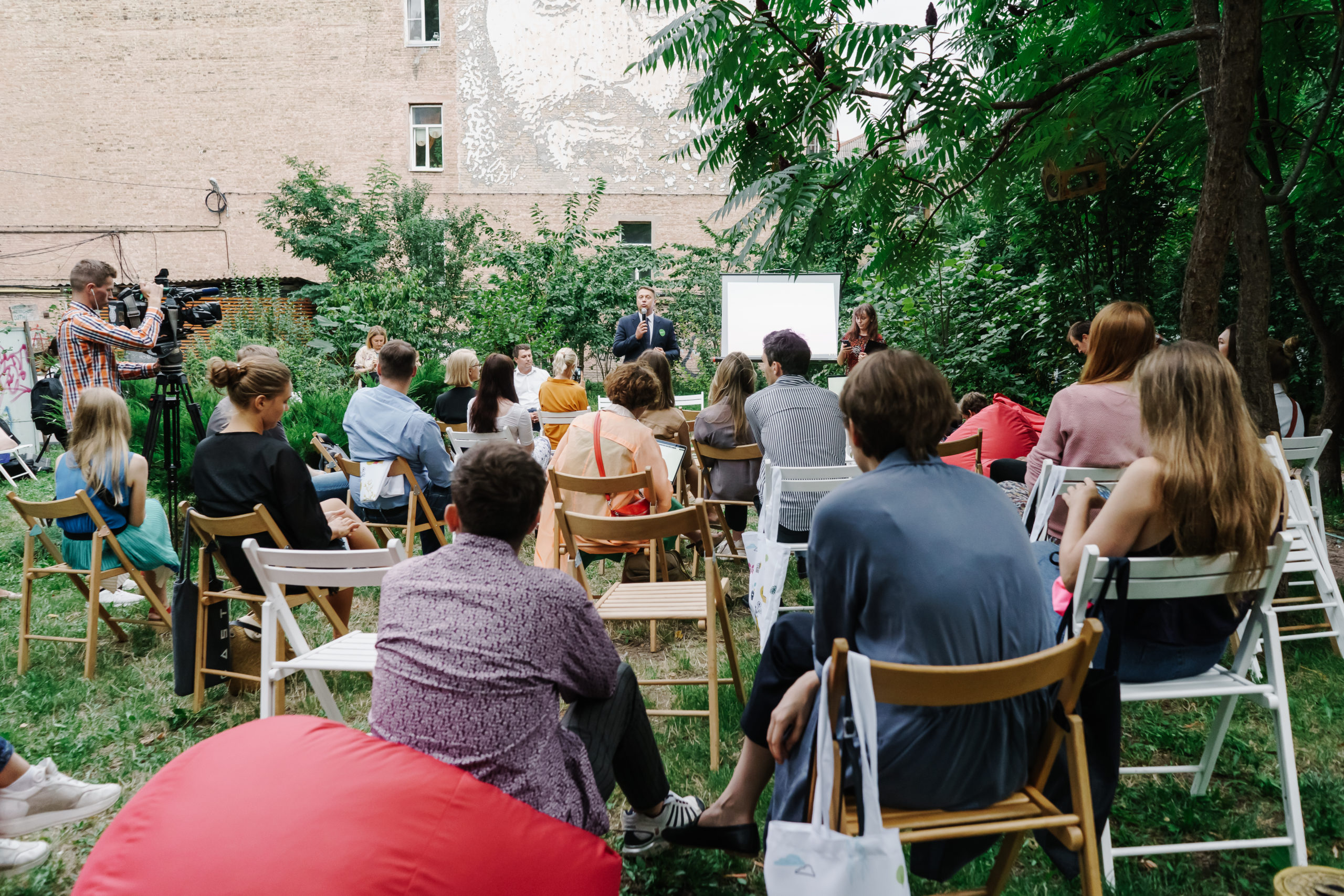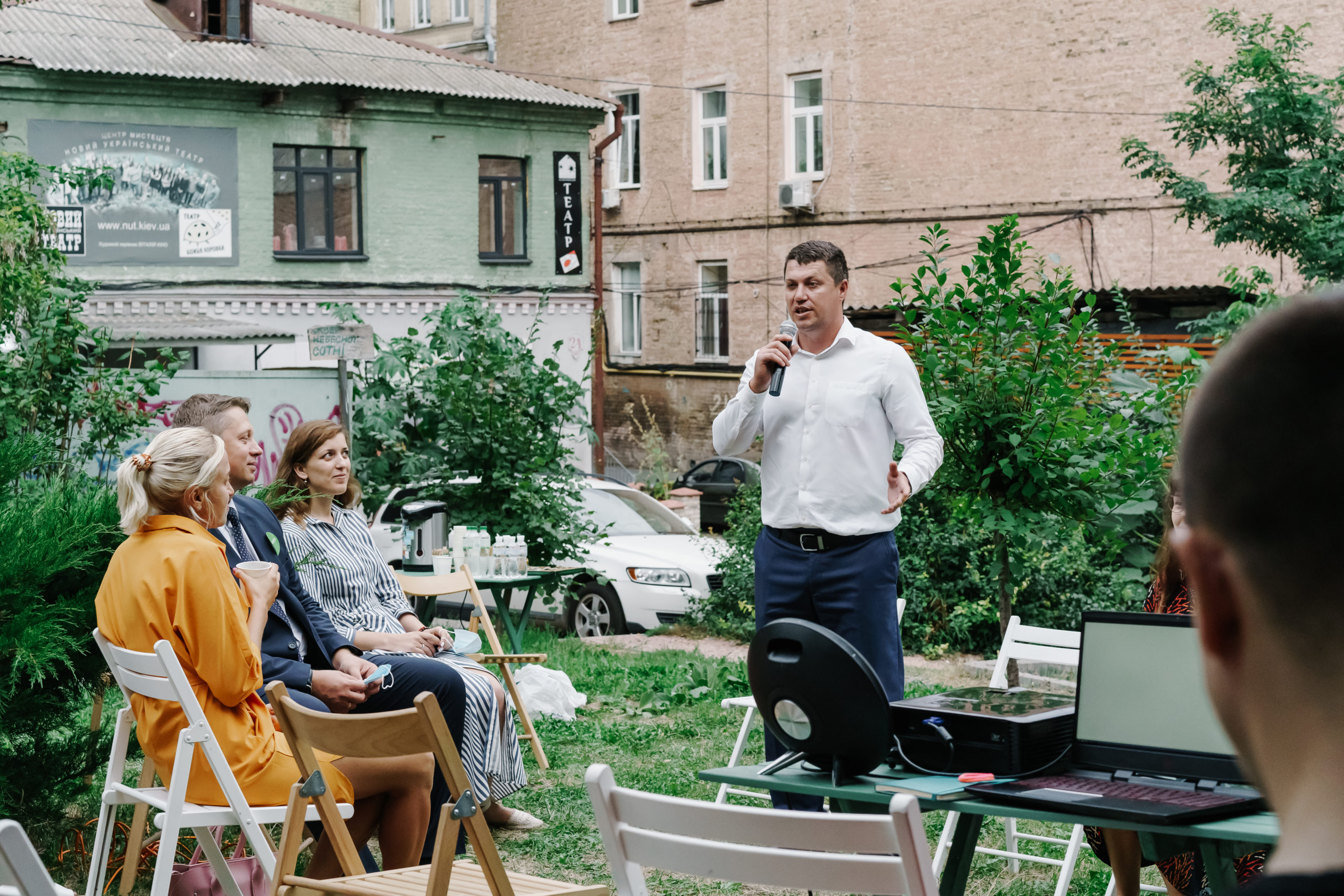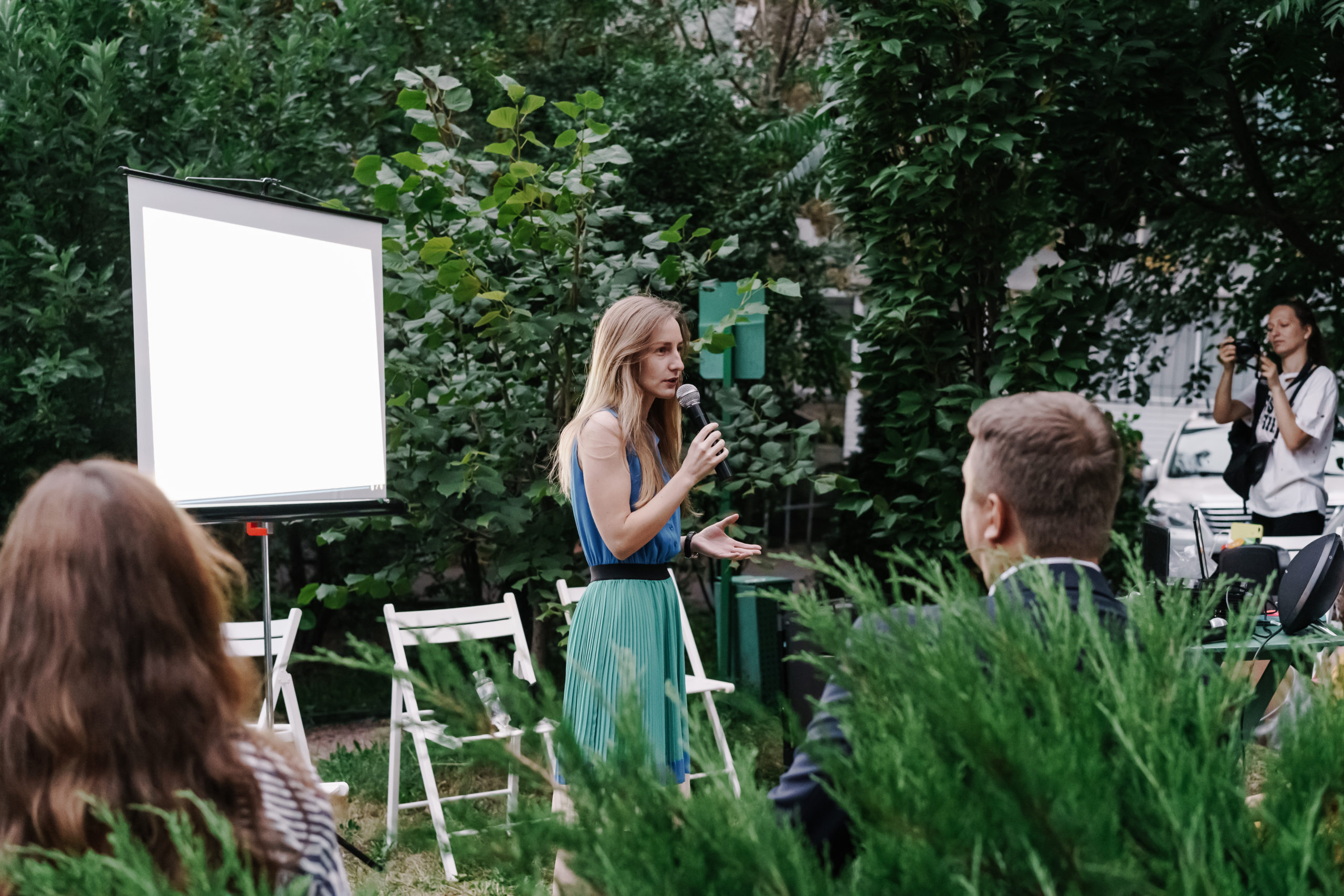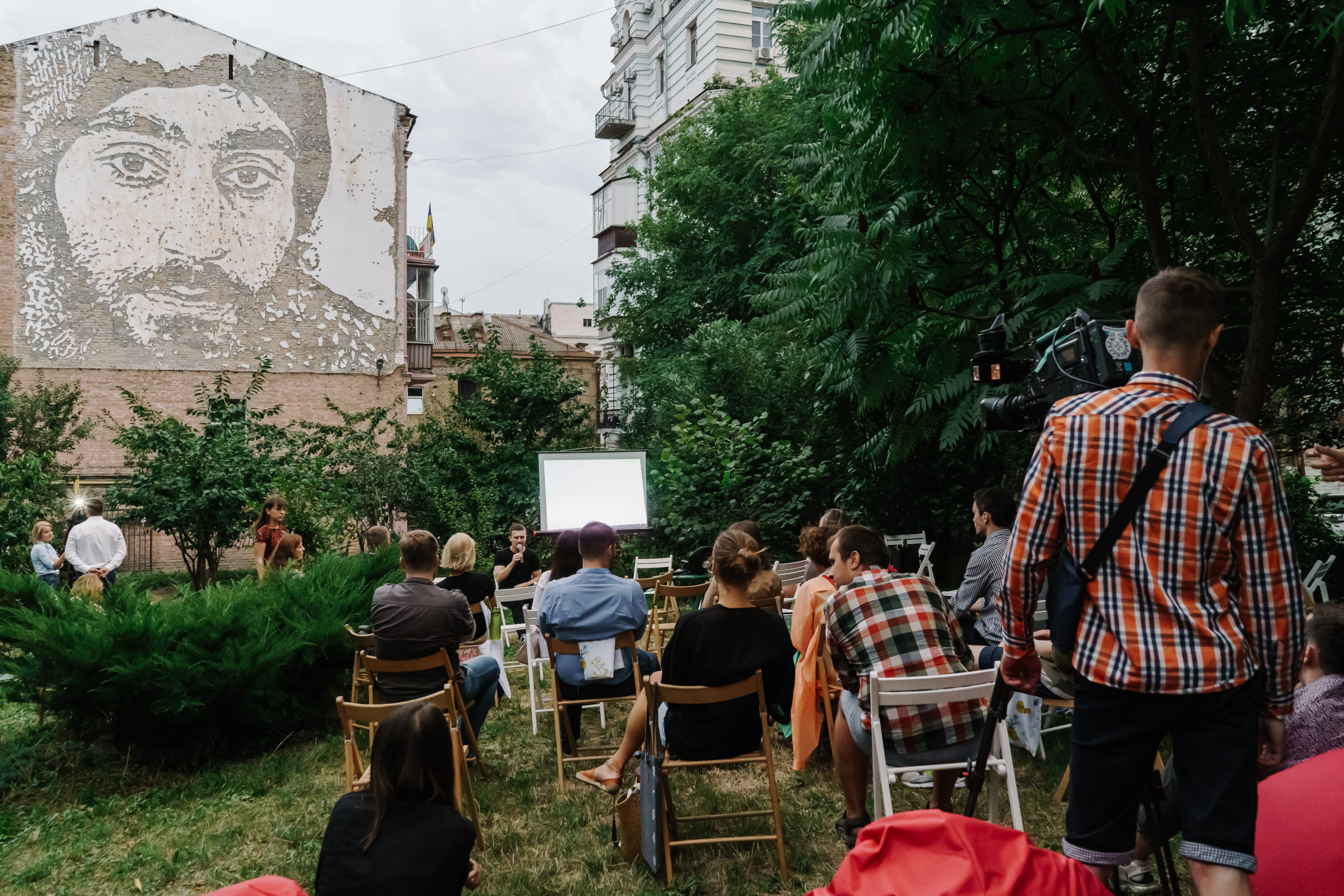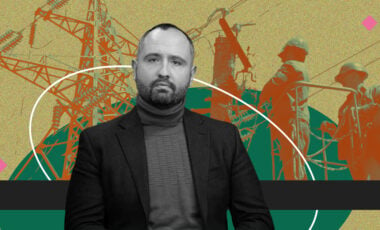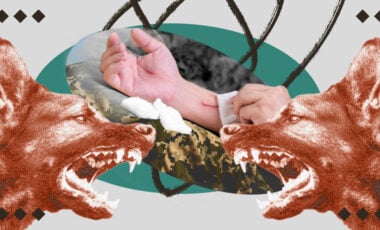Post-coronavirus cities. What public spaces will look like after pandemic
The coronavirus, having already affected almost all areas of our life, as it turns out, will also affect the architecture of cities. What will change, experts explain

Markings for store lines
In Kyiv, under the aegis of the City-Garden team, a public conversation took place on how to adapt public space to the conditions of the pandemic. The key question asked to each speaker was, "Is it possible to adapt any space during quarantine so it's 100% safe?" But, unfortunately, everyone answered the same way: no, it's impossible.
Ivan Verbytskyi, director of the CEDOS analytical center, said that even if we create a separate, completely safe space satisfying people's needs, there'll be others not satisfying the goals, where we'll still be "at-risk." Even the strictest rules won't help here, because "if you press on something for a long time, eventually, patience will run out. Therefore, quarantine decisions should be reasonable and without unnecessary restrictions."
However, reasonable restrictions are only a partial solution to the security issue during a pandemic. Humankind wasn't ready for such situations, therefore it didn't call for satisfying the need of maintaining social distance when the projects of public sites, parks, and public spaces were only being planned. Olena Orap and Dasha Podoltseva analyzed modern sites and proposed several solutions, having already been applied abroad, that will be useful in Ukrainian cities.
Marking or ornament
The principle is the same as with line markings in stores. On Italian piazzas, it looks as if it has always been there.
In London, it's brighter and more modern, in the style of the turbulent British capital.
Precht, on the other hand, used social distance rules during the pandemic as the main design idea for Distance Park. The architects have developed a park project. Walking in it, you're not afraid to violate someone's personal space: the paths are located at least 90 cm from each other. Also, you can't accidentally come across another person, because the only route made in the fingerprint shape leads first to the park's center, and then to the exit. With the gate at the entrance and exit, you can understand whether the path is busy now. The park was designed specifically for Vienna, but the architects are confident that anyone can use the design in any city.
There's something similar to this park in Kyiv: a labyrinth in the Syretskyi arboretum.
Partitions, navigation, and stream redistribution
The solution to avoiding crowding in the space is to distribute the paths with people moving along and not intersecting.
Another solution, proposed by designers Martin Binder and Claudio Rimmel, is "infection-free" platforms, where playgrounds are located at different levels.
Technology
Naturally, we can't go without the use of the latest technologies in the digital world, protecting ourselves from infections only by mechanical and "spatial" means. The architect and designer suggested electronic scanning that estimates the number of people in the room.
Something similar is already being applied. For example, the lifting capacity of the freight elevators was deliberately reduced in some shopping, and office centers in Kyiv, and high-rise buildings in order to still force people not to concentrate in enclosed spaces.
That's how our world is changing. And most likely, public spaces will change along with our way of life, and entire cities will change with them.


